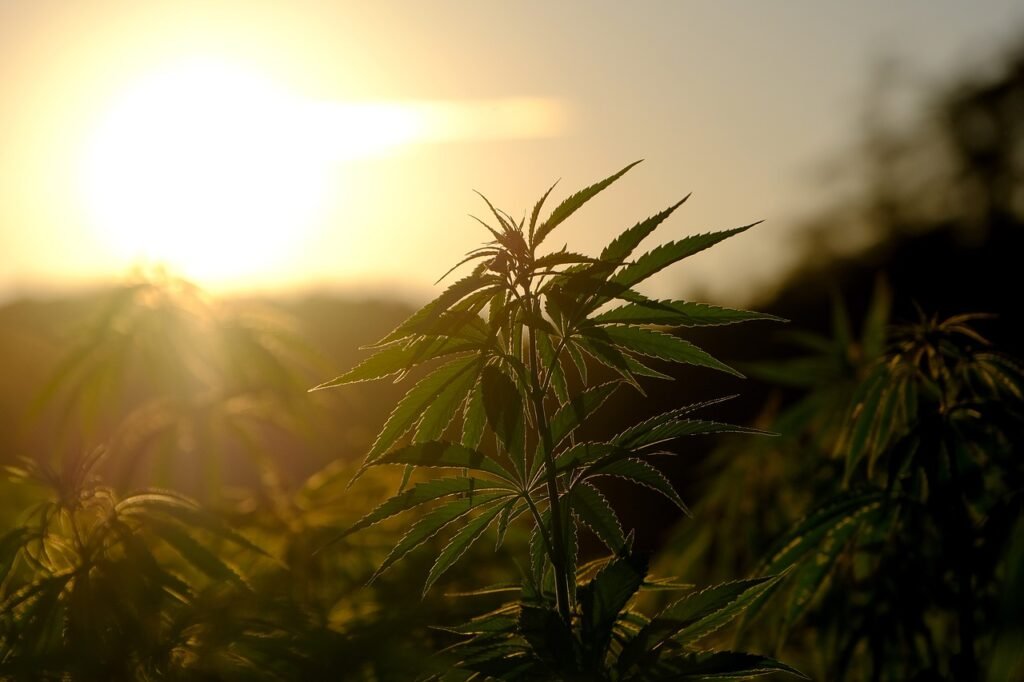About Our Tribe
The Confederated Tribes of the Colville Reservation is located in upper north central Washington State near the Canadian border, the reservation is geographically isolated; bounded east and south by the Columbia River, and north by heavily timbered National Forest Service lands. A significant number of tribal members also live “off the reservation” in the boarding communities of Colville, Republic, Wilbur, Coulee Dam, Grand Coulee, Okanogan, Omak, Brewster, and Bridgeport. The Colville reservation is divided into four political districts (named by locality): Nespelem, Keller, Inchelium, and East Omak. The CIR spans in three counties, Okanogan, Ferry, and Grant County. The nearest metropolitan areas are over 100 miles from the reservation center. They include Spokane and Wenatchee. The traditional territories of the Colville Tribes extend across eastern Washington and into portions of British Columbia, Oregon and Idaho. This expanse covered approximately 39 million acres as the homeland of the Lakes, Colville, Okanogan, Moses-Columbia, Wenatchi, Entiat, Chelan, Methow, Nespelem, Sanpoil, Chief Joseph Band of Nez Perce and Palus Indians.


The Tribe intends to preserve the land and traditions of the Indian People. At the same time, self-sufficiency and sovereignty will be advocated as the Tribe utilizes the many resources available to improve the Reservation. The Confederated Tribes of the Colville Indian Reservation are governed by the Colville Business Council. The Colville Business Council oversees a diverse, multi-million dollar administration that employees from 800 to 1200 individuals in permanent, part-time and seasonal positions.
CRMS, LLC was formed in 2019 to oversee the cannabis industry on behalf of The Confederated Tribes of the Colville Reservation. It is a wholly owned Tribal enterprise. The Tribes entered into an compact agreement with the State of Washington pursuant to House Bill 2000, Chapter 207, Laws of 2015 through implementation of the Centennial Accord of August 4, 1989 respecting government-to-government relationship. Both parties agreed to protect public health and safety, ensure a lawful and well-regulated marijuana market, encourage economic development in Indian Country, and provide fiscal benefits to both the Tribes and the State.